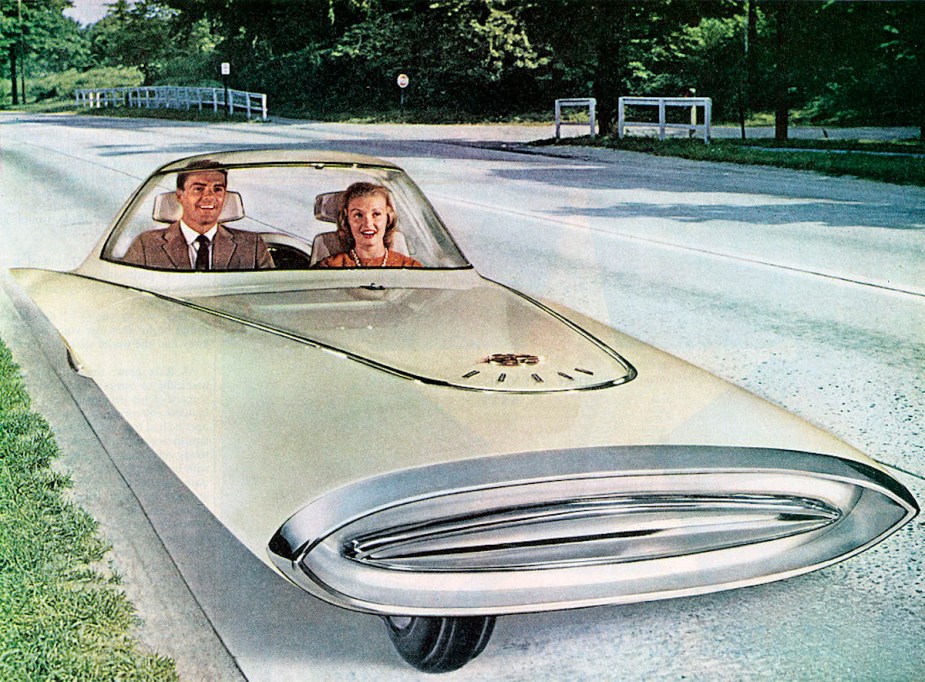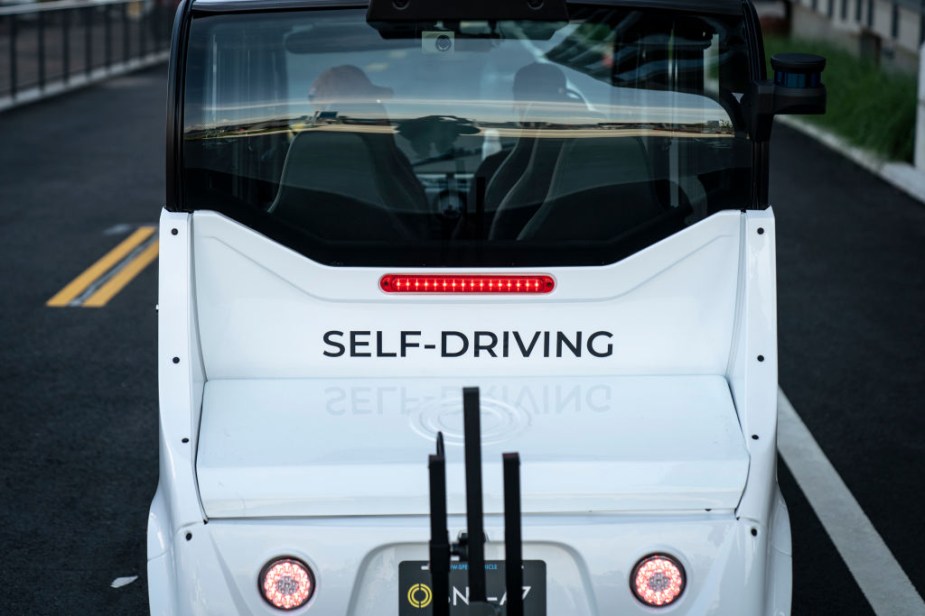
You Won’t Believe What ‘Teledriving’ Is
Have you heard of “teledriving?” It’s like a self-driving video game, except with live people on a control board. You’re inside the teledriven car while the person at the controls navigates you to the airport, dinner engagement, or stadium. And it is deploying right now in Germany. It’s a real thing.
How does the teledriving system work?

A company called Vay is using a prototype of the non-autonomous autonomous system in Hamburg. The way it works is you rent the car, and your pickup and destination are controlled remotely. A person can see your route with a monitor. They guide your rental along with a steering wheel attached to the monitor. In some ways, it is similar to a flight controller.
“The company said Tuesday it’s started to teledrive on predefined routes in Hamburg after the port city granted a permit,” says Bloomberg. “While Vay has been testing the technology for more than three years, it is required to have a safety driver inside its modified Kia electric vehicles.” At least for now.
How long before the Vay teledriving system expands?

So far, in those three years, Vay is working with $100 billion in funding. But expectations were for a large fleet of these semi-robotaxis by now. “We will now be working with authorities on the next steps to offering this service to externals,” Chief Executive Officer Thomas von der Ohe told Bloomberg News. “So we should be talking months and not years.”
Unfortunately, the lack of fully autonomous vehicles after hundreds of billions spent by numerous startups raises the question will we ever see truly autonomous vehicles. According to Automotive News, remote human supervisors may always be necessary to assist robot drivers. So is that really autonomous driving?
Will there ever be true driverless automation?

Most now agree that autonomous software lacks the ability to do what humans can do. Especially when it comes to predicting possible risks and the ability to quickly assess and react to sudden problems. “I can provide my customers peace of mind knowing there is always a human there to help if needed,” GM Cruise CEO Kyle Vogt told AN. “I do not know why I’d ever want to get rid of that.”
Of course, according to those involved in autonomous systems, these robocars should already be buzzing around. Tesla’s Elon Musk said that by 2020 there would already be a million robotaxis in service. But last June, he said self-driving cars “are way harder than I originally thought by far.”

And Imperium Drive CEO Koosha Kaveh said that while more self-driving cars hit the roads, incidents will start to lower. “ But you will never get to zero edge cases,” meaning zero incidents involving autonomous driving.
So while Vay’s experiment in Hamburg might seem slightly disappointing, it may actually be how driverless cars become prominent over the next several decades.



